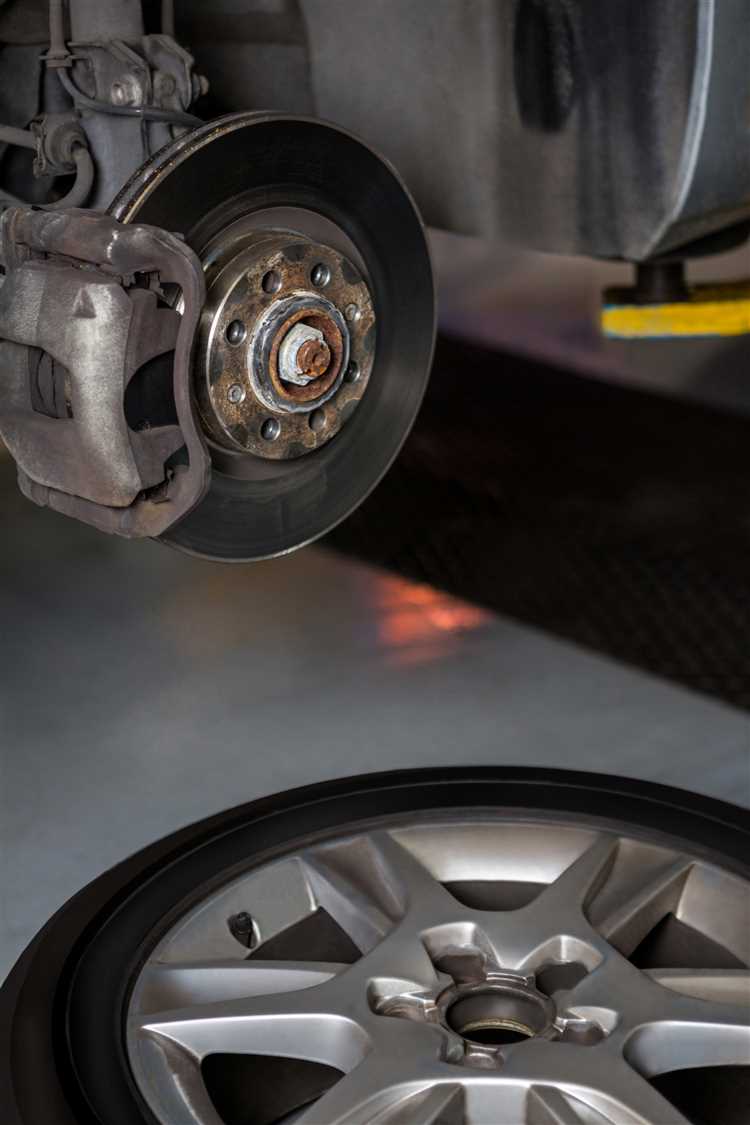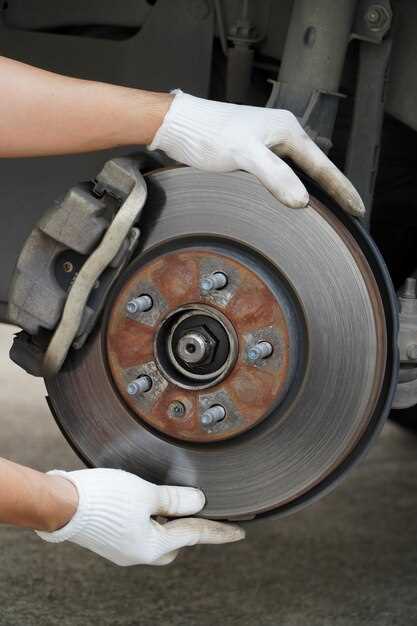
When it comes to supercars, every component plays a vital role in both performance and safety. Among these, the brakes are paramount, providing the essential stopping power needed to harness the raw capabilities of high-performance vehicles. Selecting the right brake pads is not merely a matter of preference; it can dramatically influence your car’s handling characteristics and overall driving excitement.
There are various materials available for brake pads, with ceramic brake pads standing out due to their unique advantages. Unlike traditional metallic pads, ceramic options provide excellent fade resistance and consistent performance even under extreme conditions. This is especially crucial for supercars that may experience frequent high-speed stops. The effectiveness of ceramic pads in dissipating heat ensures that you can maintain optimal braking performance without compromising safety.
Understanding your driving habits and the specific demands of your supercar is essential in choosing the right brake pads. Whether you’re on a racetrack or navigating winding country roads, the appropriate stopping power is critical. Selecting high-quality brake pads will not only enhance your car’s performance but also contribute significantly to your confidence as a driver, allowing you to push your limits while ensuring reliable stopping whenever needed.
Understanding Stopping Power Requirements for Supercars
Supercars are engineered for extraordinary performance, which includes not only acceleration but also deceleration. The stopping power of these vehicles is crucial for both safety and overall driving experience. Stopping power is influenced by several factors, including the type of brakes used, the weight of the vehicle, and the intended driving conditions.
In high-performance scenarios, such as track days or spirited driving on twisting roads, the ability to stop effectively becomes paramount. This is where brake pads play a key role, as they directly impact the braking distance and the heat management of the braking system. Supercars often utilize advanced ceramic brake pads due to their superior thermal stability and reduced brake fade which are critical during high-speed applications.
Ceramic brake pads offer exceptional performance by maintaining consistent friction levels even under extreme conditions. They are less prone to wear compared to traditional materials, providing a longer lifespan while ensuring the necessary stopping power is retained. This is especially important when considering the unique weight distribution and high speeds of supercars, which demand brakes that can handle significant dynamics without compromising safety.
Moreover, the choice of brake pads must align with the supercar’s intended use–track-focused vehicles may benefit from pads that offer aggressive bite and high-temperature resilience, while those designed for street use might prioritize quieter operation and less dust production. Understanding these requirements ensures that drivers can achieve optimal performance and safety when bringing their supercar to a halt.
Differentiating Between Ceramic and Organic Brake Pads
When it comes to maximizing the performance of your supercar, understanding the differences between ceramic and organic brake pads is crucial. Both materials offer unique advantages and disadvantages that cater to differing driving styles and conditions.
Ceramic brake pads are known for their superior power and heat dissipation properties. They are made from a mixture of ceramic fibers, non-ferrous materials, and fillers. This composition allows them to perform exceptionally well under high temperatures, making them ideal for high-performance vehicles that experience extreme braking conditions.
In contrast, organic brake pads, often made from natural materials such as rubber and resins, provide a softer braking feel. They are generally quieter, produce less dust, and are more affordable than their ceramic counterparts. However, their heat tolerance is lower, which can lead to brake fade during intense driving situations.
| Feature | Ceramic Brake Pads | Organic Brake Pads |
|---|---|---|
| Heat Resistance | High | Moderate |
| Noise Level | Low | Very Low |
| Brake Dust | Minimal | More |
| Cost | Higher | Lower |
| Life Span | Longer | Shorter |
Choosing between ceramic and organic brake pads ultimately depends on your driving habits and the performance requirements of your supercar. For those seeking peak performance and longevity, ceramic pads are typically the better choice. On the other hand, if noise reduction and cost efficiency are your top priorities, organic pads may be sufficient for everyday driving. Evaluating these factors will help ensure you select the most suitable brake pads for your supercar’s needs.
Evaluating Performance Under Extreme Conditions

When it comes to supercars, the choice of brake pads can significantly impact their performance, especially under extreme conditions. The ability of brake pads to handle power and provide effective stopping is critical for safety and overall driving experience.
Extreme conditions include high temperatures, prolonged braking, and aggressive driving styles. Selecting the right brake pads requires a thorough understanding of their performance characteristics in these situations. Consider the following factors:
- Material Composition: Brake pads are typically made from various materials, including organic, ceramic, and metallic compounds. Each type offers different levels of heat resistance and friction performance.
- Heat Dissipation: The ability of brake pads to dissipate heat is essential. High-performance pads should maintain effectiveness without fading under excessive heat, which can lead to reduced stopping power.
- Friction Coefficient: Look for brake pads with a high friction coefficient designed for high-speed scenarios. This will enhance the braking force applied, ensuring optimal stopping distances.
- Durability: Under extreme conditions, brake pads can wear faster. Choose pads that are engineered for longevity to withstand the rigors of intense driving.
- Response Time: Quick responsiveness is crucial when dealing with high speeds. Brake pads must engage effectively to provide immediate stopping power.
Additionally, testing brake pads under various extreme scenarios will help evaluate their performance. Here are key testing conditions:
- Track Testing: High-speed track environments simulate extreme braking scenarios, such as hard cornering and rapid deceleration.
- Street Performance: This includes assessing the pads’ ability to handle sudden stops in urban settings and highway speeds.
- Heat Cycles: Repeated braking tests help gauge how well pads maintain their performance after exposure to heat build-up.
Ultimately, evaluating brake pads under extreme conditions ensures that they can deliver the necessary power and stopping efficiency for supercars. The right choice will not only enhance performance but also contribute to driver confidence and safety on the road.
Assessing Noise and Dust Levels in Brake Pads

When choosing brake pads for your supercar, evaluating noise and dust levels is crucial for maintaining optimal performance and comfort. High-performance brakes are designed to provide superior stopping power, but the materials used can significantly influence the noise generated during operation.
Ceramic brake pads are often favored because they typically produce less noise compared to metallic counterparts. The formulation of ceramic compounds allows for smoother braking, resulting in minimal squeaking or grinding sounds, which is particularly important in a supercar where driving experience enhances the thrill.
Noise isn’t the only factor to consider; dust production is equally vital. Brake dust can accumulate on wheels and bodywork, detracting from the aesthetic appeal of high-end vehicles. Ceramic brake pads generally produce less dust, which helps keep your supercar looking pristine. This is a significant advantage for enthusiasts who take pride in their vehicle’s appearance and wish to avoid frequent cleaning.
In conclusion, when selecting brake pads, balance your needs for effective stopping power with noise and dust considerations. Opting for high-quality ceramic brake pads can provide an excellent compromise of performance, reduced noise levels, and lower dust emissions, ensuring a thrilling yet refined driving experience.
Selecting the Right Brake Pad Manufacturer for Quality
When it comes to supercars, the importance of high-quality brake pads cannot be overstated. Stopping power is crucial for optimal performance and safety, making the choice of manufacturer a key decision. Quality brake pads play a significant role in ensuring that your supercar can achieve maximum braking efficiency under various driving conditions.
One of the first considerations when selecting a brake pad manufacturer is the type of materials used. Ceramic brake pads are known for their excellent performance characteristics, including reduced dust production and quieter operation. Manufacturers that specialize in ceramic formulations often provide a balance between performance and longevity, which is essential for the high-speed capabilities of supercars.
Another aspect to evaluate is the manufacturer’s reputation and track record in the industry. Established brands with a history of producing reliable components tend to maintain higher quality standards and invest in advanced technologies. Reading reviews and seeking recommendations from fellow supercar owners can also lead to valuable insights regarding which manufacturers consistently deliver superior products.
Additionally, consider the manufacturer’s testing and quality control processes. Companies that rigorously test their brake pads under extreme conditions tend to produce more reliable and effective products. This is particularly important for supercars that are often pushed to their limits on the track or during spirited driving.
Lastly, ensure that the manufacturer offers a range of options tailored to your specific supercar model. Compatibility with your vehicle’s braking system is paramount for achieving optimal stopping performance. Selecting a manufacturer with a diverse product line increases your chances of finding the perfect brake pad to meet your needs.
Installation Tips for Optimal Brake Pad Performance
When installing brake pads on your supercar, ensuring optimal performance hinges on precision and attention to detail. Begin by selecting high-quality ceramic brake pads, well-known for their superior stopping power and minimal dust production. This material not only enhances braking efficiency but also protects your wheels from unsightly residue.
Before installation, thoroughly clean the brake caliper assembly and the rotor surface. Any debris or corrosion can adversely affect the contact between the pads and rotors, leading to uneven wear and compromised braking power. A clean installation site allows for maximum surface contact, essential for effective performance.
During the installation, always use a torque wrench to properly tighten the caliper bolts. Undercutting or over-torquing can lead to brake system failures or excessive wear on brake components. Refer to the manufacturer’s specifications for the precise torque settings, as these are crucial for the overall performance of your braking system.
It is also essential to use high-temperature brake grease on the contact points of the brake pads and calipers. This grease reduces friction and noise, maintaining smooth operation and enhancing the lifespan of your brake pads. However, be cautious to apply it only where necessary and avoid contact with the braking surface itself.
After installing the new brake pads, perform a proper bedding process. This procedure involves gradually bringing your brakes up to temperature through a series of controlled stops, which allows the pads to adhere to the rotor surface. This step is vital for achieving the maximum braking power and extends the longevity of your brake pads.
Lastly, regularly inspect your brake system after installation. Check for signs of wear, uneven pad degradation, or any unusual noises. Proactive maintenance ensures that your supercar’s braking system remains at peak performance, providing you with the safety and power you expect.
